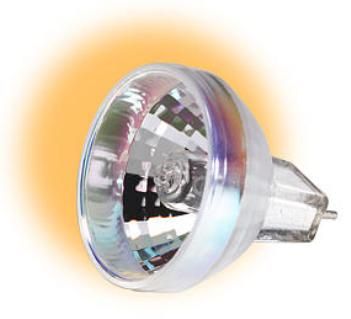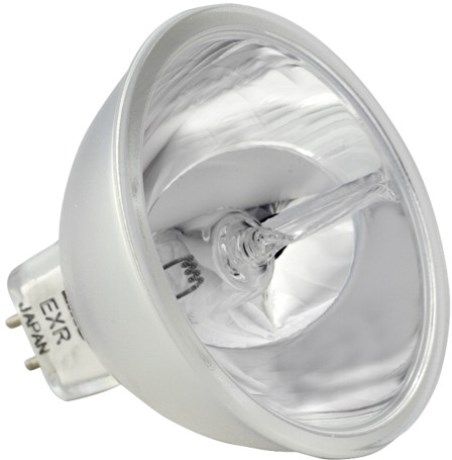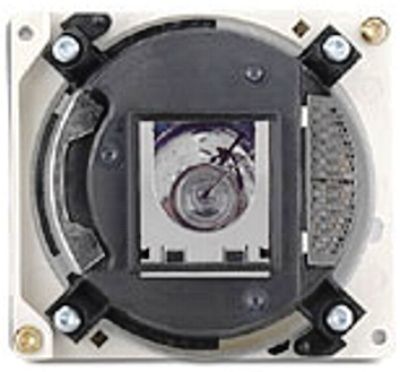
If you are looking for a good presentation, you definitely need to use an audio visual aid. As such, projector lamps are an indispensable device used in business and educational organizations, where they are used to transfer images from a multimedia projector on to a larger and wider screen.
These lamps have actually replaced the halogen bulbs that were used earlier and that gave a yellow tone to the images. On the other hand, the projector lamps basically use metal halide bulbs (mostly mercury vapor bulbs) that produce excellent white light and thus enhances the quality of the image.
These lamps do not only have professional uses, but are also used widely at homes for movie or home theaters. They can send the movie or film images on the big screen for a larger audience to see. The working of the projector lamp is based on the property of reflection where the lamp shines onto a number of small mirrors that is placed inside the projector. The image is then transferred through the air and is finally visible on the screen.
The projector lamps have varied uses - they are used to project films, slides, as well as images drawn on a transparent plastic sheet. These lamps are categorized into three main types, namely, slide projectors, multimedia projectors and overhead projectors. While slide projectors are quite reasonable and are used solely to project slides measuring 35 millimeters to demonstrate certain materials at hand, the multimedia projectors are quite expensive. They have the ability to transfer a film reel, a videotape or a DVD to a blank wall or a large screen.
Apart from these, there are overhead projectors that have a much simpler use. They mostly have an educational use, where the teacher or the demonstrator, uses it to display the content on a blank screen for an entire class.
Keeping in mind the vitality of these lamps, it is but obvious that these lamps need proper attention and care. It should be remembered that these lamps are quite sensitive to movement and moving the projector while the lamp is on can cause serious damage to the projector. Moreover, care should be taken while changing the projector lamp, as touching of the glass housing of the lamp is strictly prohibited. This is because the oil from our fingers can result in bursting of the lamp, and therefore, it is recommended that the lamp should be handled only through its metal case.
Last but not the least, these lamps are meant to be used in room temperatures and extremities of the climate, especially extreme winters, are quite hazardous for the lamp.
With the advent of latest technologies, the life expectancy of projector lamps has increased from 1000 hours to almost 2000 hours. Some of the most expensive multimedia projectors also have an astonishing life of 4000 to 6000 hours. However, older models also show an extended life if used properly, particularly if they are used in an economy-mode, where the setting uses less brightness from the lamp.
Thus, by sacrificing a little brightness, you can save a lot of money as your projector lamp lasts quite longer. Hence, you can bring in the space age to your living rooms, classrooms and conference rooms with these amazing projector lamps.









